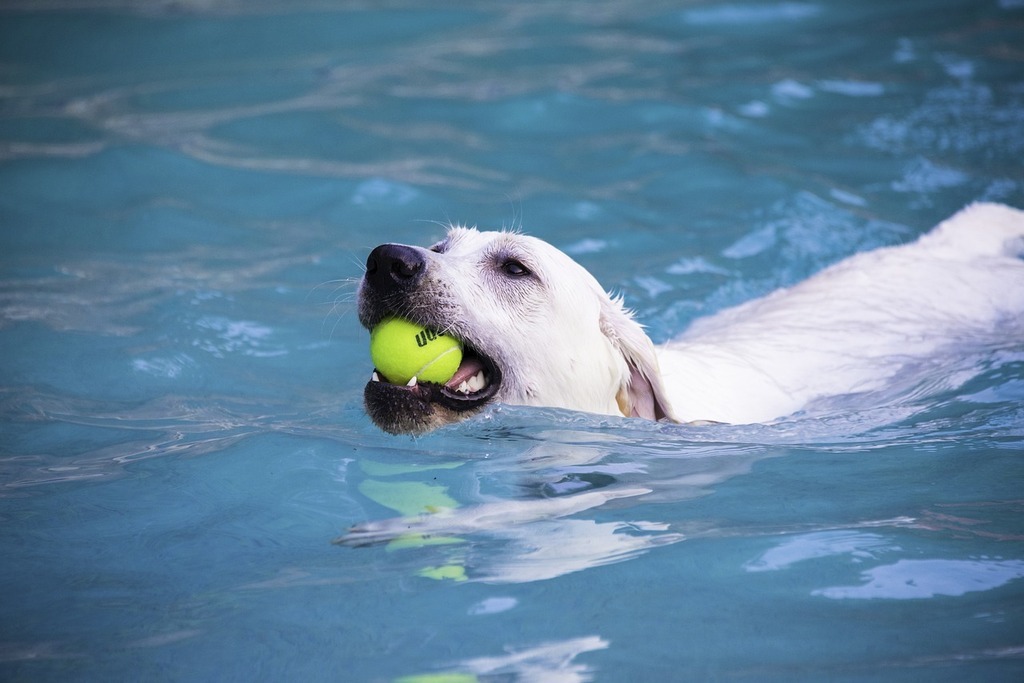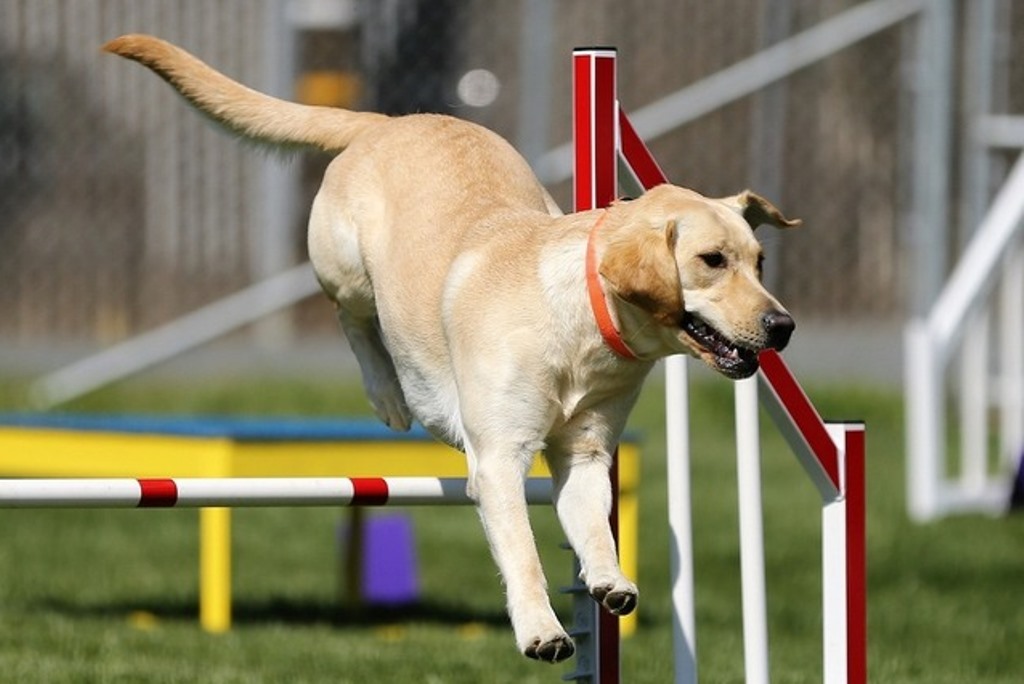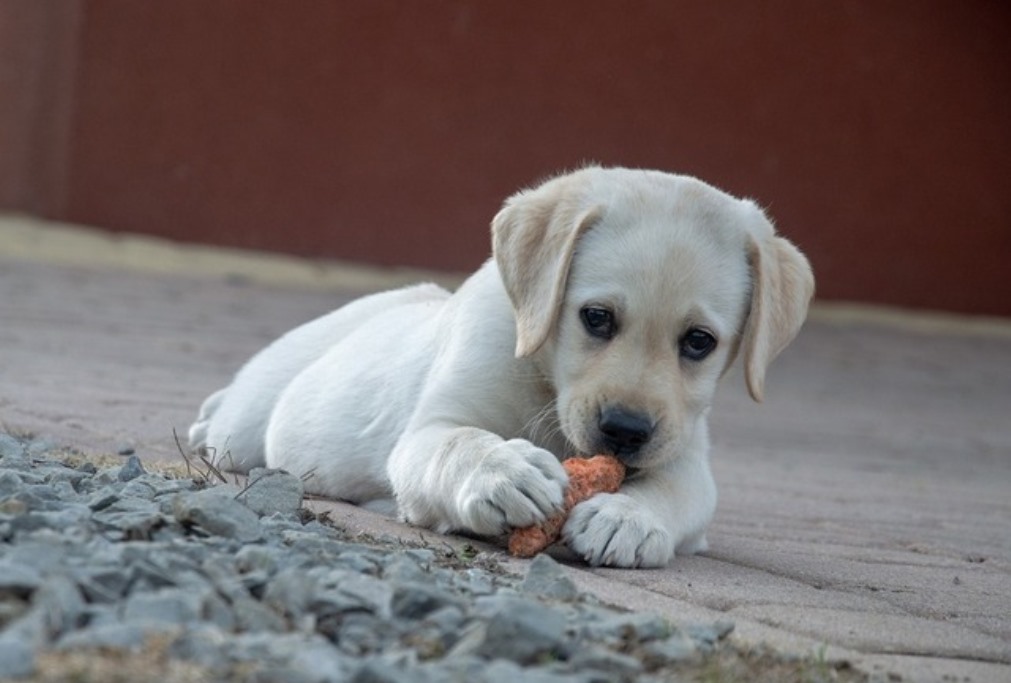
Labrador Retriever: Beloved Companion and Worker
The origin of the Labrador Retriever dog breed, just like that of the Newfoundlands and Landseers , is located on the Canadian east coast. This breed is said to be descended from the so-called St. John's water dog, which was a black dog with thick coat and Co de castro laboreiro. In fact, English fishermen on the island of Newfoundland starting in the 17th century began breeding the Labrador Retriever breed, which landed in England in the early 1800s. These dogs helped with hunting and retrieving fish in drifting fishing nets. But also to send messages from one boat to another, given this breed's propensity to stay in the water, even in freezing temperatures.
The first attempts at purposeful breeding took place in England and Scotland in the second half of the 19th century, when British fishermen began bringing these intelligent and lively dogs home with them. It was because of the efforts of these Englishmen, including those of the second Earl of Malmesbury, that this breed became very popular among the English hunting gentry. In fact, for a long time selection sought to implement the hunting performance of the breeding specimens.
Regarding the name Labrador there are several theories. One is that the name is borrowed from the Spanish word worker - labrador - which is certainly an apt description, or that the breed is related to the dogs that accompanied Portuguese fishermen who later, crossed with neighboring Labradors and Newfoundlands. Another refers to the Canadian Labrador peninsula of the same name, where it originated.
Today this breed is one of the most popular and popular in the world, and there are many breedings in both Europe and the United States. It is also used extensively for civil defense service because of its ability to search for missing persons. It is also unexploited as a police dog to search for drugs. Because of its docile and always helpful nature, it is a very suitable dog for pet therapy.
For a long time only the black Labrador was considered purebred; other colors were considered crosses. Later it was decided to include the other two versions, the brown or chocolate coat and the yellow or honey/cream coat, in the standard.
Character of the Labrador Retriever dog breed.

The Labrador Retriever is a docile, playful and balanced dog that is very intelligent and friendly. They become very attached to the family and especially to children. He always wants to be present in all situations and therefore suffers if left alone for a long time. This is the ultimate companion dog, an ideal companion for all family members. It is a very docile dog, but one that knows how to be respected, and knows how to protect its territory and the people it loves.
He is not a guard dog, however, as he is very friendly with everyone. His thoughtful nature also leads him to weigh his every choice after careful analysis. He does not like to fight with other dogs and is never aggressive except in cases of real danger. He also gets along well with other types of animals in the house.
He adapts to live anywhere, even in an apartment, as long as he has his own space and is given sufficient exercise. It is fairly easy to train because its greatest desire is to please its owner; however, it should be socialized from an early age to avoid introverted behavior. Above all, it is good to teach him very early to walk on a leash without pulling, as he is a very strong dog and it may be difficult to keep him when he grows up.
The only downside is that if these dogs are brought to boredom, they can become great destroyers. They always have to do something and they also have a bad habit of eating whatever they think is edible, which is a serious health hazard. Therefore, we must try to find him an occupation often and also provide him with many toys to spend time with between walks.
He is famous for his passion for water; he is capable of bathing as soon as he finds even a puddle, even in winter. He takes great pleasure in playing toss and fetch. As a puppy he is very impetuous and never stands still; he takes at least a couple of years to reach maturity, but after that if well socialized and trained, he becomes much more thoughtful and alert.
Appearance of the Labrador Retriever dog breed

Labrador Retrievers are medium-sized, very muscular dogs. The height at the withers of a male ranges from 57 to 60 centimeters for a weight of 30 to 42 kilograms. Females are usually shorter and weigh a maximum of 34 kilograms.
Its physical constitution is compact, stocky, with a powerful neck and broad chest. The limbs are straight and muscular, with good lofts. The tail is distinctive; it is carried high and is always in perpetual motion. It is very thick at the root, tapering at the top, completely covered by the thick fur that gives it the “otter tail” appearance. In the water the Labrador uses it as if it were a rudder.
The muzzle is powerful, but not pointed, ending in a broad truffle with well-developed nostrils. The ears are attached rather far back and fall over the head. The eyes are round with gentle expression, varying from amber to dark brown.
The coat is soft and compact, with a short coat and dense undercoat that is very resistant to water and weather; in fact, the Labrador is one of the strongest and most vigorous swimmers of its kind. The Labrador is always single-colored. There are three basic colors: black, yellow and brown. Apart from black, the other two colors have different gradations; yellow from light cream to foxy reddish. Brown from liver to chocolate. A small white spot can sometimes be found on the chest.
Health and care of the Labrador Retriever dog breed

The Labrador Retriever is a basically sturdy dog, but there are some recurring hereditary diseases, but these can be avoided through scrupulous and careful selection by breeders. These are mainly hip dysplasia, elbow dysplasia and osteochondrosis. Some hereditary eye diseases, such as progressive retinal atrophy and cataracts, can also be found.
Its average life expectancy is about 12 to 15 years.
Its diet must be particularly taken care of, as one of the Labrador's defects is its gluttony. He is always hungry and tends to gain weight. As the years go by, he tends to suffer from obesity and thus is more prone to heart disease or have joint problems.
As for coat care, just brush him once a week. He suffers from heat, so it is good to keep him sheltered during the hottest hours of the day, while cold weather does not bother him at all, given the excellent resistance and waterproofness of his fur.






















